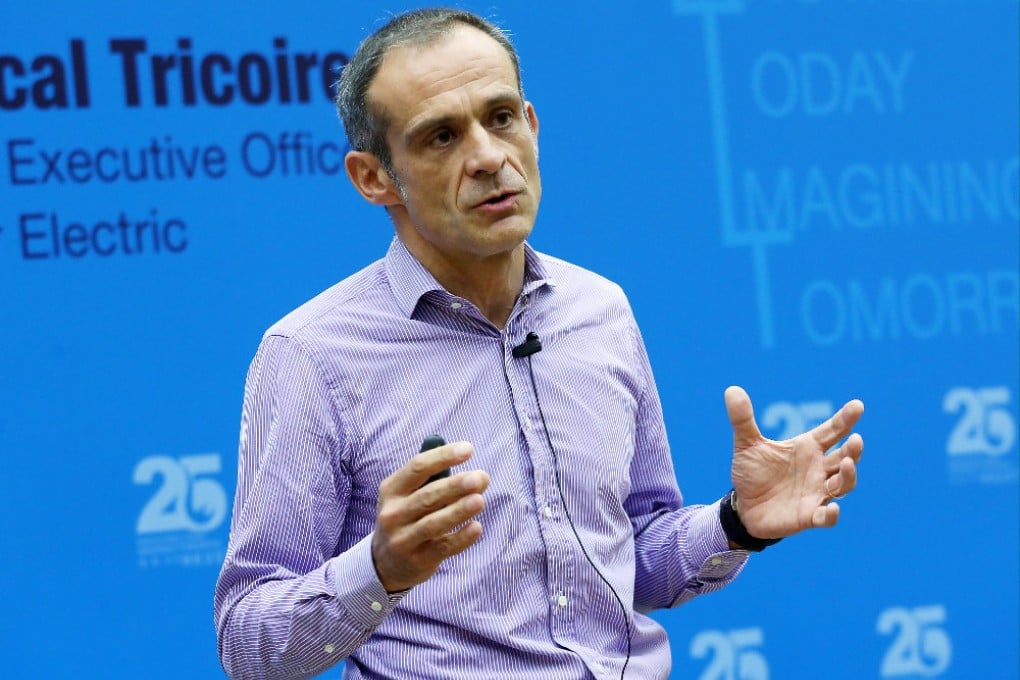Switching to IT for a brave new world of greener energy
In the wider debate about energy, much attention is still focused on market prices and possible new sources of fossil fuels. However, the real issues, which no one can afford to ignore when considering the future of energy, now lie elsewhere.

In the wider debate about energy, much attention is still focused on market prices and possible new sources of fossil fuels. However, the real issues, which no one can afford to ignore when considering the future of energy, now lie elsewhere.
Oil, coal, shale and hydroelectric schemes may be the usual topics, but in a fast-changing world, the way ahead will be all about how we can produce energy more efficiently, prioritise sustainability, and consume far less than now.
“For this, we need simpler, more flexible and more scalable industrial architecture, leveraging the best of IT technologies,” says Jean-Pascal Tricoire, chairman and CEO of Schneider Electric, during a lecture on “The New Energy World” given as part of the Distinguished Speakers Series organised to mark the 25th anniversary of Hong Kong University of Science and Technology (HKUST).
“These need to connect energy [sources], automation and software and recognise the revolution of solar, which provides power without consuming fuel,” Tricoire says.
As a global specialist in energy management, the company is a key player in the drive for cleaner, reliable, sustainable power to help industries improve productivity and enhance day-to day living.
Achieving that vision entails a certain shift in priorities and widespread acceptance of the importance of change at every level, from government policy and corporate investment down to the way individuals live their lives.
For example, the new energy world will have more electric cars and more temperature-control systems. It will be more connected, with IoT (Internet of Things) developments fast extending the range of possibilities for machines and devices to communicate with each other. It will be more “distributed” in the sense of having a greater number of local energy facilities plus more homes and buildings generating at least a proportion of their own electricity. And, of necessity, it will be more efficient with more intelligent grids and smarter processes making it possible, overall, to consume 30 to 50 per cent less energy than is used today.
